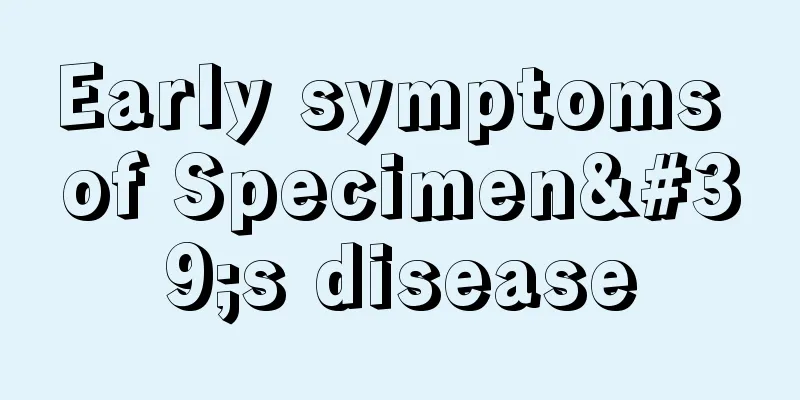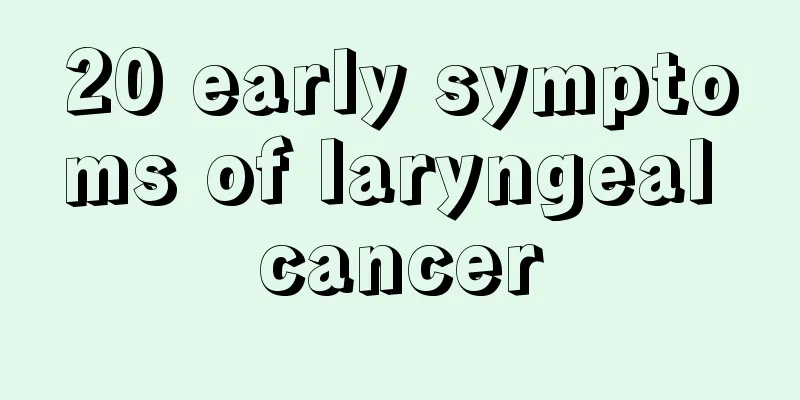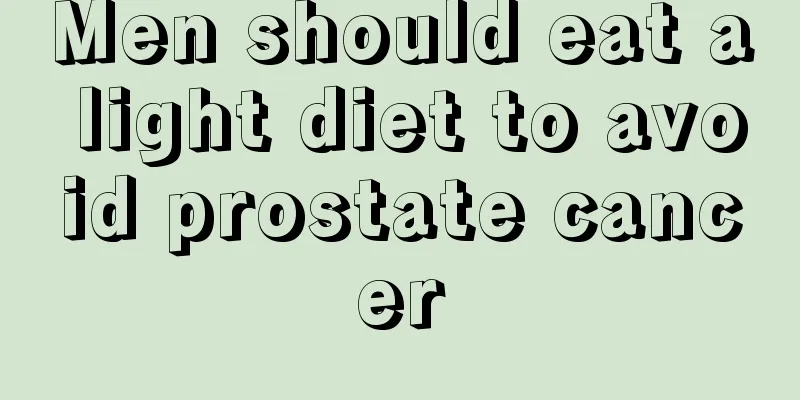What are the clinical manifestations of hypocalcemia

|
There are many symptoms of hypocalcemia, which can be divided into early hypocalcemia and late hypocalcemia. Children with dystocia, intracranial hemorrhage, asphyxia, and sepsis are particularly susceptible to the effects of hypocalcemia. Once the baby is found to have convulsions and respiratory arrest, medical attention must be sought promptly. 1. Hypocalcemia can be divided into early hypocalcemia, late hypocalcemia, and hypocalcemia occurring 3 weeks after birth. Early hypocalcemia: usually occurs within 2 days after birth. Hypocalcemia is prone to occur in babies weighing less than 2,500 grams, in various difficult births, in intracranial hemorrhage, asphyxia, sepsis, hypoglycemia, and hyaline membrane disease. Newborns are also prone to hypocalcemia if the mother suffers from diabetes, pregnancy-induced hypertension, prenatal hemorrhage, insufficient calcium and vitamin D in the diet, and hypoparathyroidism during pregnancy. 2. Late hypocalcemia: refers to hypocalcemia that occurs 2 days to 3 weeks after the baby is born. Most of them occur in full-term infants and most of them occur in artificially fed babies. Fresh milk, milk substitutes made from soybean powder and cereal foods have a high phosphorus content (calcium:phosphorus in milk = 1.35:1). In addition, newborn babies cannot excrete excessive phosphate due to their immature kidney function, thus causing hyperphosphatemia in the baby's body, which is not conducive to the baby's absorption of calcium. Therefore, when the baby consumes too much milk substitutes and cereal foods and cannot fully digest them, it may lead to hypocalcemia. In addition, if the mother does not take in enough vitamin D during pregnancy, or uses sodium bicarbonate to treat metabolic acidosis in newborns, or uses sodium citrate as an anticoagulant during transfusion therapy, the baby's free calcium may be reduced, which may easily lead to "neonatal hypocalcemia." 3. Hypocalcemia occurs 3 weeks after birth: It is more likely to occur in infants with vitamin D deficiency or congenital hypoparathyroidism, and hypocalcemia lasts longer. 4. The main symptoms of hypocalcemia are increased excitability of nerves and muscles, often accompanied by startle, twitching or tremor of hands and feet, convulsions, etc., and at the same time as the convulsions, there will also be varying degrees of respiratory changes, rapid heartbeat, cyanosis of the face, severe vomiting, and bloody stools. The most serious cases may also lead to laryngeal muscle spasms and respiratory apnea. 5. Once the baby has convulsions or respiratory arrest, he should be rushed to the hospital for emergency treatment. As long as the treatment is timely, there will generally be no sequelae. |
<<: What foods are good for rectal prolapse
>>: How to massage for the kidneys, teach you how to massage these three acupoints
Recommend
What are the hazards of ascites caused by liver cancer
Patients with mid- to late-stage liver cancer oft...
How to treat glioma
Glioma (glioma of the brain cell) accounts for ab...
How to remove oil stains from clothes
In life, we may accidentally get oil stains on ou...
Chest sweating while sleeping stops when I wake up
In fact, if we sweat a lot when sleeping, it is p...
Is radiculitis gingivitis? What should I pay attention to?
The tooth roots in the group are often inflamed, ...
Can brain cells regenerate?
There are certain brain cells in everyone's h...
What does sweatshirt mean
Sweatshirt mainly comes from the pronunciation of...
How closed are the bones?
Most families now have only one child, and many p...
What are the steps for skin care in spring and summer
In fact, in life, especially in spring and summer...
Can I have esophageal cancer surgery at the age of 90?
Whether a 90-year-old patient can undergo esophag...
What are the benefits of drinking deer antler soaked in water?
Drinking water soaked with deer antler can help m...
What to do if you have hiccups in the middle of the night
Hiccups are a very common phenomenon. When hiccup...
Will thyroid cancer not metastasize without surgery?
Thyroid cancer does not necessarily metastasize i...
What should I do if I feel uncomfortable and want to vomit
In real life, everyone has experienced feeling un...
What to do if you have buck teeth
Everyone's teeth grow differently, and many p...









